Artur Nichiporenko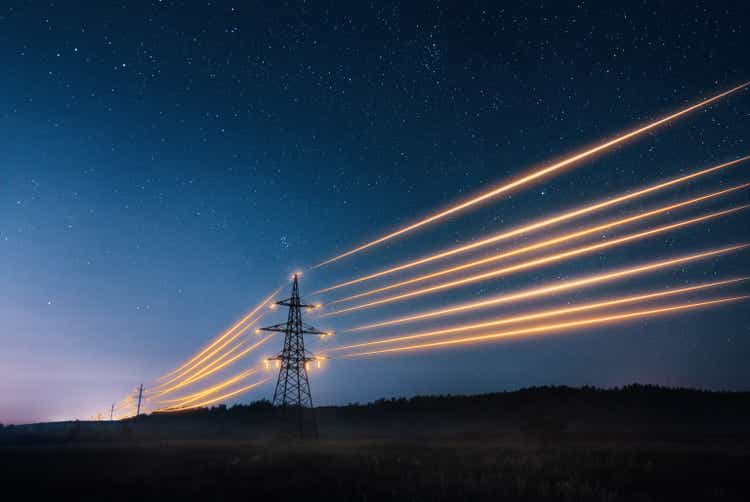
The largest land war in Europe since the end of the Second World War started on the 24th of February 2022 when Russian forces crossed into Ukraine in a failed attempt to seize the Donbas, Kyiv, and Odesa. What also followed was an explosion in energy prices as Russia responded to sanctions by cutting off its natural gas supply to Europe.
Bloomberg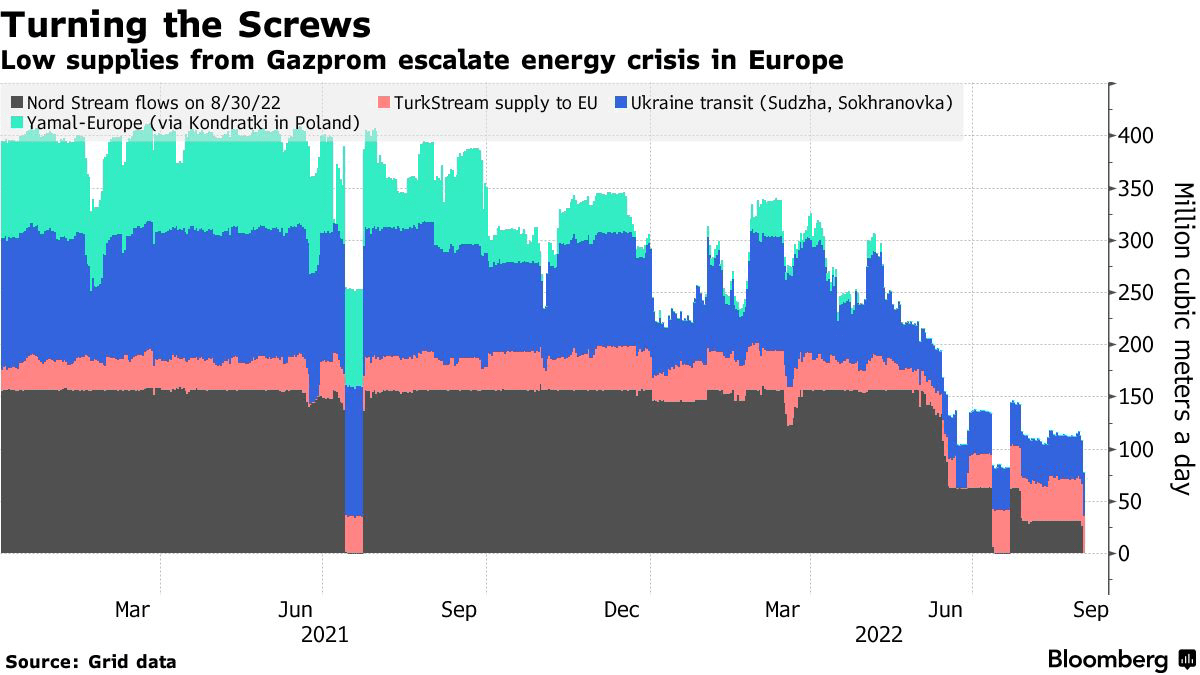
Flows of natural gas from Nord Steam 1 and Yamal have ended with the former, a pipeline from Vyborg, Russia to Lubmin, Germany being destroyed two months ago. This has put an end to Germany’s Energiewende, the country’s planned transition to a low-carbon and nuclear-free economy that was built on using cheap Russian natural gas to displace coal whilst expanding onshore wind and solar photovoltaic. Even after the war ends, the old status quo is likely dead and the continent will have to lean heavier on renewables to meet its energy demands in the decade ahead.
This sets the macro backdrop for London, England-based National Grid (NYSE:NGG). The $41 billion company owns and operates electricity transmission networks in the United Kingdom and the United States. It is also a utility provider to New York, Massachusetts, and Rhode Island. National Grid is situated at the core of the transition to lower carbon energy with the company looking to invest tens of billions of dollars over the next decade to upgrade the UK’s power grid and build more interconnectors to the continent. Critically, this will facilitate the delivery of power generated from offshore wind farms to consumers across the country and Europe as it will include the connection of 18 offshore wind farms with a combined capacity of 23 GW.
Interconnectors are high voltage cables that connect the power grids of neighbouring countries to facilitate the trading of excess power mainly from renewables. This alleviates the intermittency of renewables by transferring excess power they generate in Britain to households in France or Belgium whilst importing energy from both these countries when wind availability cannot meet load requirements. National Grid owns the North Sea Link between the UK and Norway and is currently building the Viking Link to connect the UK to Denmark. This will become the world’s longest sub-sea interconnector when completed.
These form the backbone and infrastructure for the secular shift towards decarbonization. A shift that was already progressing before the 24th of February but now forms fast accelerating pillars of the new energy zeitgeist. This describes a visceral need for energy security against the realities of a new world where energy is being weaponized.
The bullish base for National Grid is built on this. The company is at the intersection of the long drive towards net zero and the reconstruction of the broader European energiewende without Russian input. In this world, the echoes for developed nations to combat anthropogenic climate change will reverberate together with calls to never again be dependent on Russia for energy. Indeed, the North Sea Link has already paid off its carbon costs after just six months with 4.6 terawatt hours of clean electricity imported to Britain from Norway. This would have helped displace thermal generation, dampening demand for a commodity that Russia derives the bulk of its national earnings from.
It is also likely to become part of the precursor of a possible future European super grid. A vision for a future where high voltage cables connect most European countries and North Africa together to pool load variability, lower electricity costs and transform the spread of wind energy across the continent into a holistic whole.
Bringing Energy To Life
Including dividends, National Grid is down by 21.38% over the last year and has underperformed the S&P 500. This meant the company’s last quarterly cash dividend payout of $2.073 per share supported a 5.88% annual yield. The company intends to increase payouts in line with the UK retail price index.
What’s the financial bull case for National Grid? That the company’s annual dividend yield combined with a recession-proof earnings profile will reverse the marginal underperformance against the S&P 500 over the next year.
Indeed, the company’s PE ratio of 14.69x compares favourably against its sector median of 17.88x and is also a 4.31% discount to its 5-year average. This was on the back of fiscal 2022 operating profits for its UK electricity transmission network that was up by 10% year-over-year.
The company capital investment outlook is strong with £30 billion ($34 billion) to £35 billion ($39.7 billion) set to be invested in critical infrastructure from 2022 to 2026. This is set to deliver annual asset growth of 6% to 8% and drive average underlying annual EPS growth of 5% to 7%. £24 billion ($27.21 billion) of this is green capital expenditure that aligns with the EU taxonomy.
This buildout of critical infrastructure to facilitate the growth of renewables will become more valued by the market in the year ahead as investors become more cognizant that the old status quo is likely gone forever and that the continent will have to double down on green energy to meet their energy demands. Against this, the green premium that has historically been extended to sustainable stocks should return and help narrow National Grid’s discount to its peer group. The company is a buy on the dividend and 6% asset growth outlook over the next year.
Editor’s Note: This article was submitted as part of Seeking Alpha’s Top Ex-US Stock Pick competition, which runs through November 7. This competition is open to all users and contributors; click here to find out more and submit your article today!


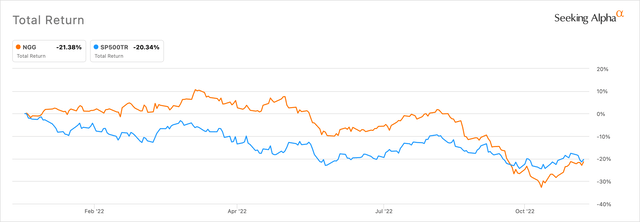
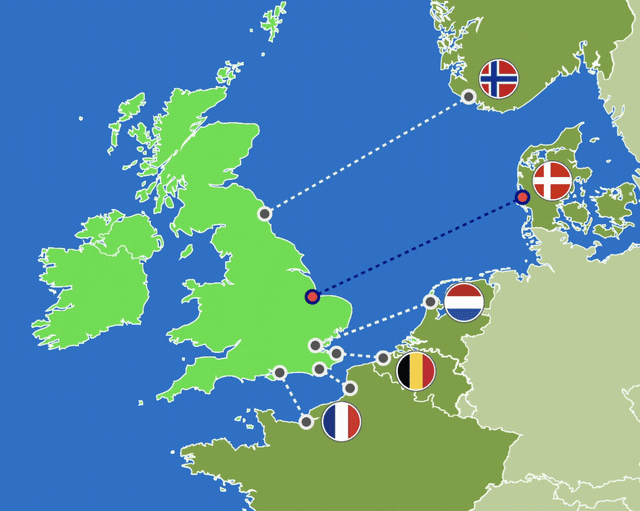


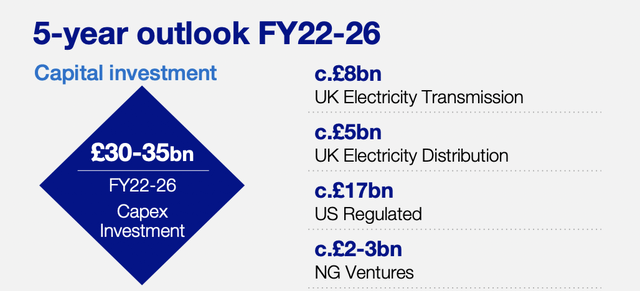
Be the first to comment